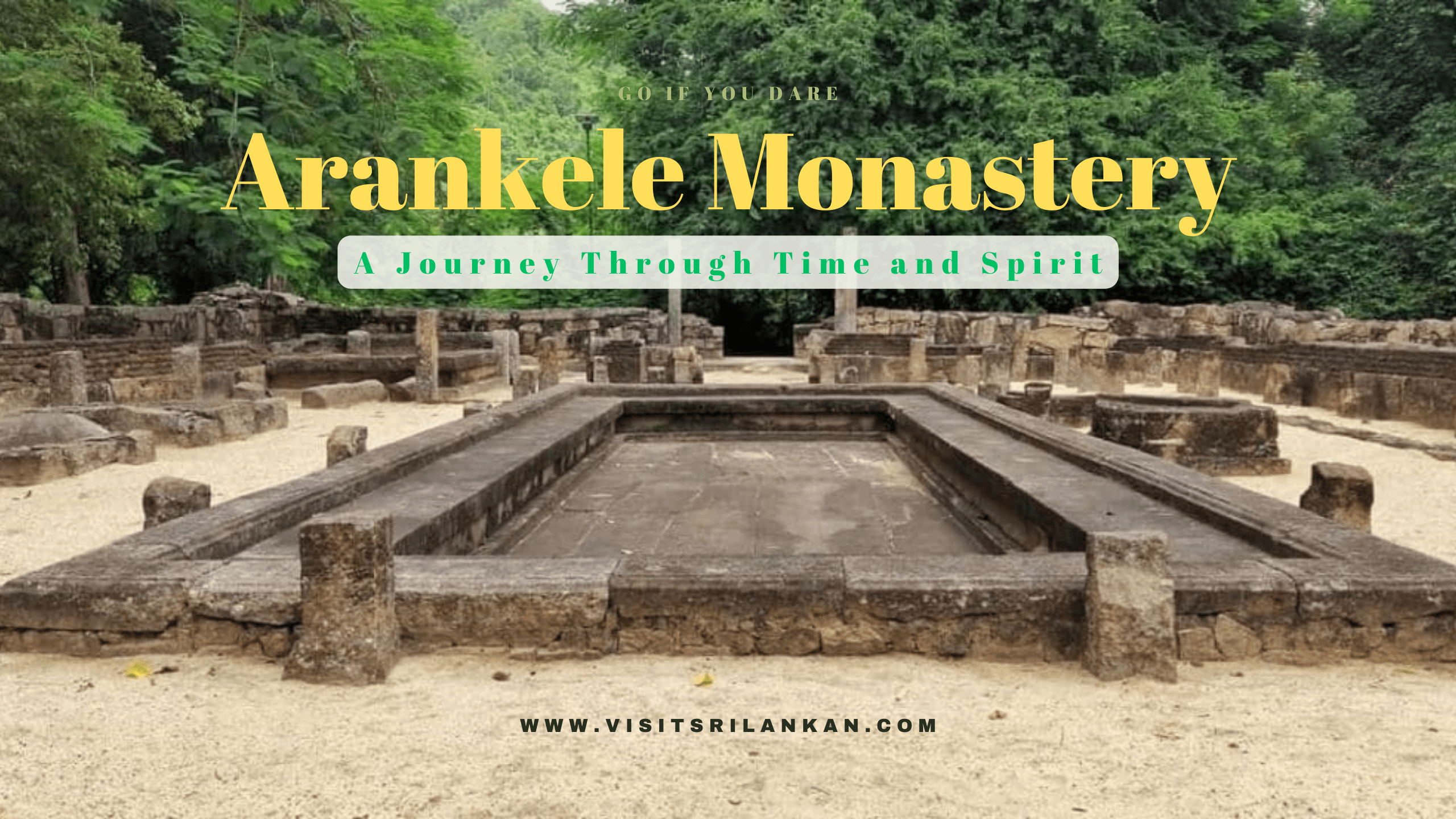Outline:
- Introduction
- The History of Arankele Monastery (H1)
- Origins and Founding (H2)
- Growth and Development (H2)
- Architecture and Design (H1)
- Main Buildings and Structures (H2)
- Art and Sculptures (H2)
- Monastic Life at Arankele (H1)
- Daily Routines and Practices (H2)
- Spiritual Teachings and Traditions (H2)
- Renowned Monks and Teachers (H1)
- Influential Figures in Arankele’s History (H2)
- Their Contributions to Buddhism (H2)
- Arankele’s Cultural and Historical Significance (H1)
- Contributions to Buddhism in the Region (H2)
- Preservation Efforts and Tourist Attractions (H2)
- Conclusion
- FAQs
Introduction:
Nestled amidst the lush greenery and tranquil landscapes of Sri Lanka, Arankele Monastery stands as a testament to the rich heritage and spiritual traditions of Buddhism. This ancient monastery, steeped in history, has captivated the hearts of pilgrims and history enthusiasts alike. In this article, we embark on a journey through time to explore the captivating history, architecture, monastic life, and cultural significance of Arankele Monastery.
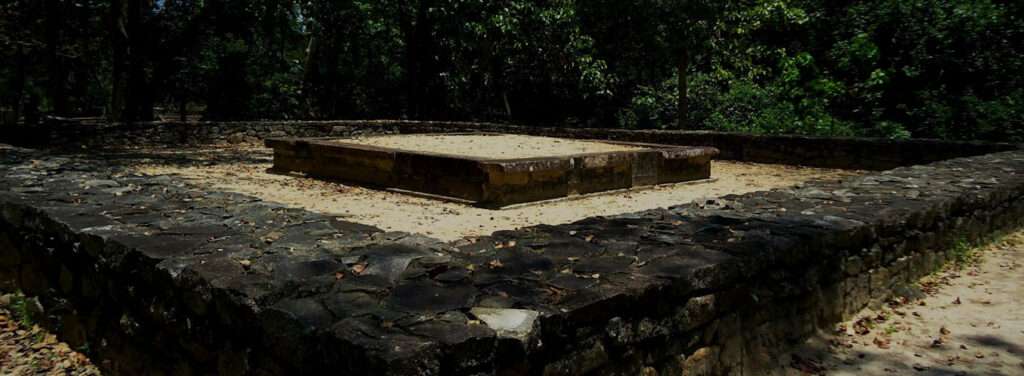
1. The History of Arankele Monastery:
Origins and Founding:
Arankele Monastery traces its roots back to the 6th century BCE, during the reign of King Kavantissa. It is believed to have been founded by the revered monk, Ven. Mahinda, who played a pivotal role in introducing Buddhism to Sri Lanka. The serene surroundings of the monastery were chosen with great care to provide a peaceful environment for meditation and spiritual practices.
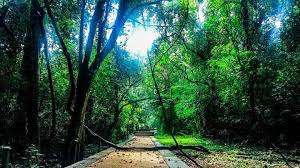
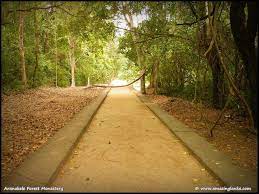
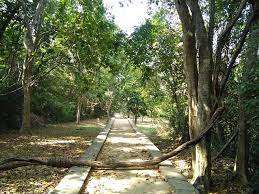
Growth and Development:
Over the centuries, Arankele Monastery flourished and expanded under the patronage of various rulers and generous devotees. It served as a center for Buddhist learning, attracting scholars and monks from far-flung regions. The monastery’s growth mirrored the spread of Buddhism across the island, becoming a significant hub of religious and cultural activities.
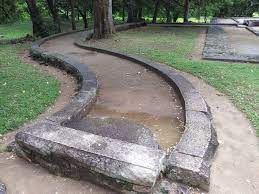
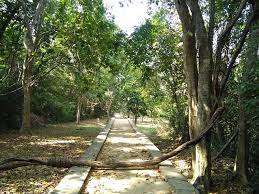

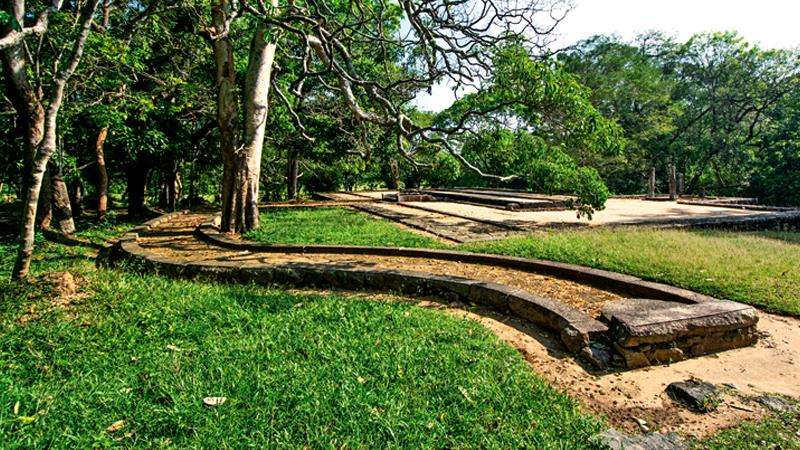
2. Architecture and Design:
Main Buildings and Structures:
Arankele Monastery boasts an awe-inspiring architectural marvel, reflecting a harmonious blend of ancient Sinhalese craftsmanship and Buddhist symbolism. The main stupa, a symbol of enlightenment, rises majestically against the skyline, drawing visitors into a world of spiritual transcendence. The image house, viharas, and meditation halls stand as silent witnesses to the skilled craftsmanship and devotion of the artisans who built them.
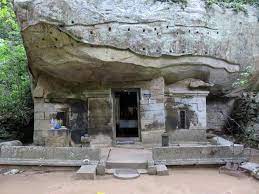
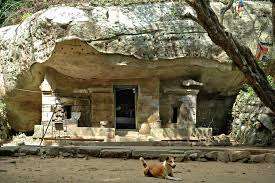
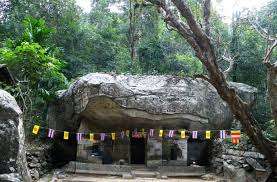
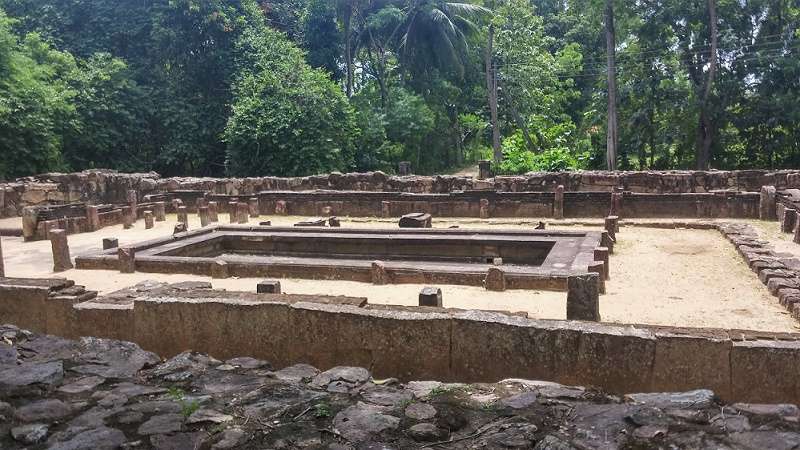
Art and Sculptures:
The walls of Arankele Monastery are adorned with exquisite frescoes and intricate carvings that narrate stories from the life of Lord Buddha. The sculptures of Bodhisattvas and other divine beings evoke a sense of awe and wonder, leaving visitors mesmerized by their beauty and artistry. These art forms not only showcase the artistic brilliance of ancient Sri Lanka but also serve as a means of imparting spiritual teachings to the devotees.
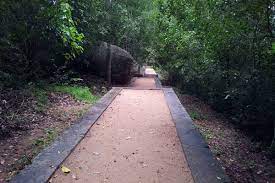
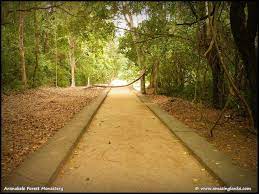
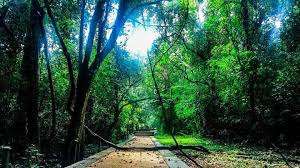
3. Monastic Life at Arankele:
Daily Routines and Practices:
Life within the monastery follows a disciplined routine that revolves around meditation, study, and communal practices. The monks engage in early morning chanting and meditation, seeking inner peace and enlightenment. The tranquil atmosphere and natural surroundings of Arankele Monastery provide an ideal setting for contemplation and self-discovery.
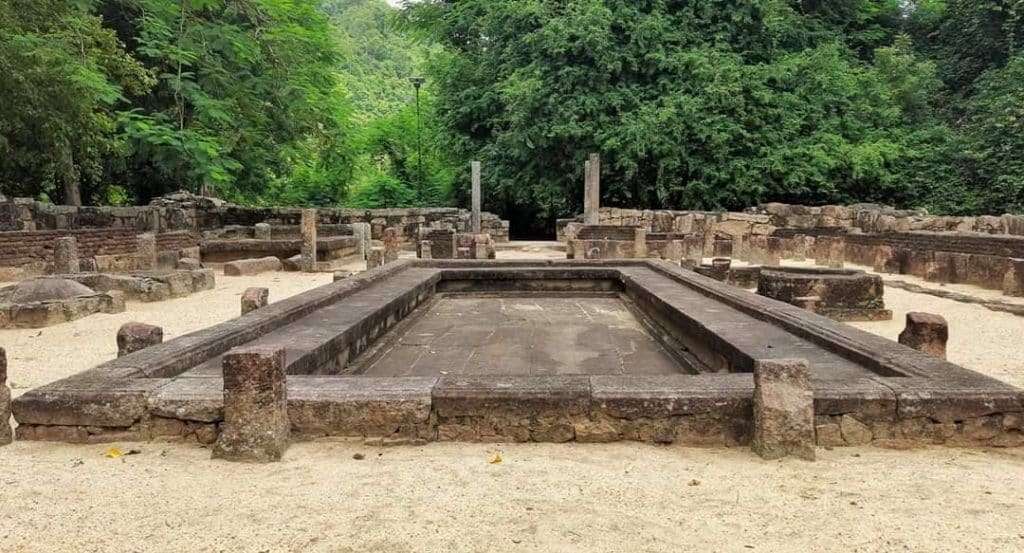
Spiritual Teachings and Traditions:
At Arankele Monastery, the teachings of Lord Buddha are revered and passed down through generations of monastic disciples. The resident monks conduct Dhamma talks and discussions, imparting profound wisdom and guidance to both fellow monks and lay practitioners. The monastery serves as a spiritual sanctuary, nurturing the growth of the Buddhist community.
4. Renowned Monks and Teachers:
Influential Figures in Arankele’s History:
Throughout its long history, Arankele Monastery has been blessed with the presence of enlightened monks and revered teachers. Ven. Kassapa Thera, one of the most eminent figures in the monastery’s history, made significant contributions to the spread of Theravada Buddhism. His teachings and writings have had a lasting impact on Buddhist philosophy.
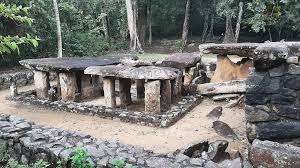
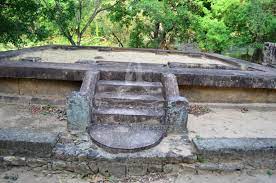
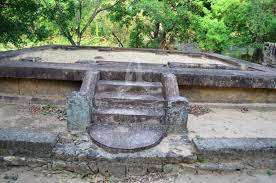
Their Contributions to Buddhism:
The great monks of Arankele Monastery played instrumental roles in preserving and propagating Buddhist scriptures and teachings. Their profound insights and dedication to the Dhamma enriched the spiritual landscape of Sri Lanka and influenced the evolution of Buddhism in Southeast Asia.
5. Arankele’s Cultural and Historical Significance:
Contributions to Buddhism in the Region:
Arankele Monastery stands as a living legacy of Sri Lanka’s profound Buddhist heritage. It has been a vital center for preserving ancient scriptures, fostering monastic education, and nurturing spiritual seekers. The monastery’s influence has transcended borders, attracting pilgrims and scholars from different corners of the world.
Preservation Efforts and Tourist Attractions:
With the passage of time, Arankele Monastery faced various challenges, but dedicated conservation efforts have ensured its preservation for future generations. Today, the monastery stands as a captivating tourist attraction, drawing visitors from around the globe who seek solace in its serene ambiance and wish to witness the brilliance of ancient Buddhist architecture.
Conclusion:
Arankele Monastery is not merely a historical site but a living embodiment of Sri Lanka’s spiritual and cultural identity. Its ancient walls resonate with the echoes of profound wisdom and devotion that have enriched countless lives over the millennia. Visiting this sacred site provides an opportunity to connect with the essence of Buddhism and immerse oneself in the tranquility of a bygone era.
FAQs:
- Is Arankele Monastery still an active place of worship?
- Yes, Arankele Monastery continues to be a vibrant center of monastic life and spiritual practice.
- Can visitors meditate within the monastery premises?
- Yes, visitors are welcome to meditate and experience the serene ambiance of the monastery.
- Are there any specific dress code requirements for visitors?
- While there are no strict dress code requirements, it is advisable to dress modestly out of respect for the sacred site.
- Is photography allowed inside the monastery?
- Yes, photography is usually allowed, but visitors are requested to refrain from using flash or disrupting the peaceful atmosphere.
- Are there any accommodation options available for those who wish to stay longer?
- Some basic accommodations may be available for monastic guests, but nearby towns offer more extensive lodging options for tourists.
Embarking on a pilgrimage to Arankele Monastery is not just a physical journey but a spiritual odyssey that allows one to delve deep into the profound teachings of Buddhism while marveling at the timeless beauty of ancient architecture.

